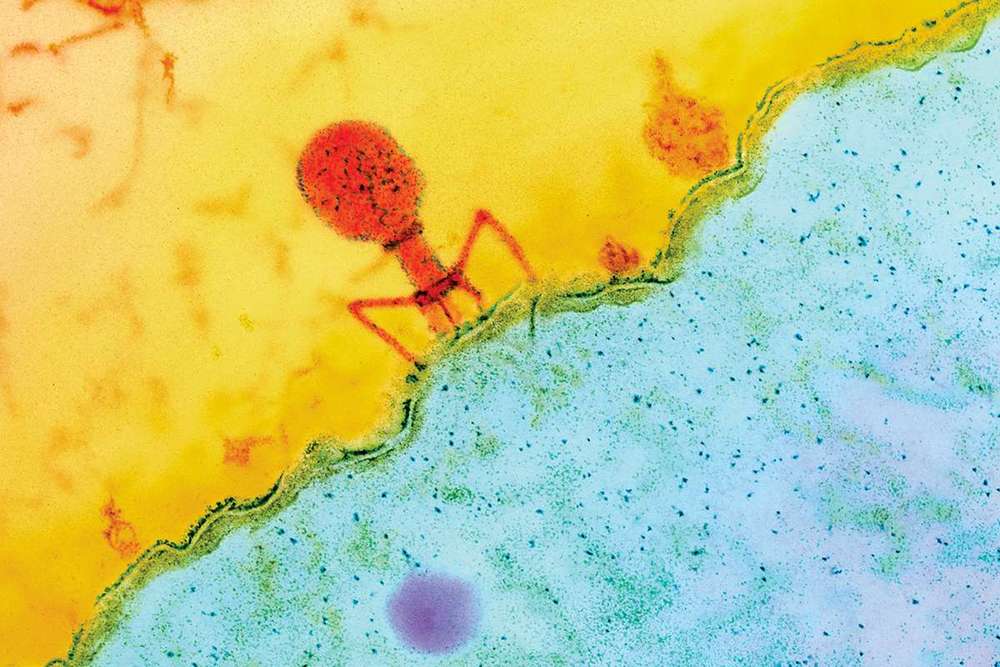China’s “artificial sun” will achieve nuclear fusion by the middle of this century, one of the project leaders said Wednesday.
HL-2M Tokamak, the modified Chinese-designed “artificial sun” and a device to harness energy from fusion, will be completed this year. It is expected to increase the electricity intensity from one mega amperes to three mega amperes, an important step to achieve nuclear fusion, a spokesperson surnamed Liu with the press office of the Southwestern Institute of Physics (SWIP), affiliated with China National Nuclear Corporation, told the Global Times. An ampere is a standard measurement of electric current.
For instance, the deuterium (also known as heavy hydrogen) extracted from one liter of seawater releases the energy equivalent of burning 300 liters of gasoline in a complete fusion reaction, Liu said.








